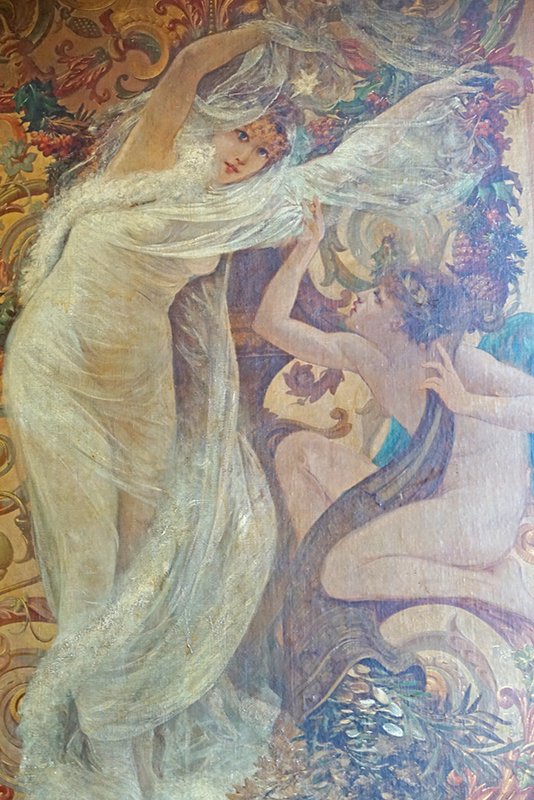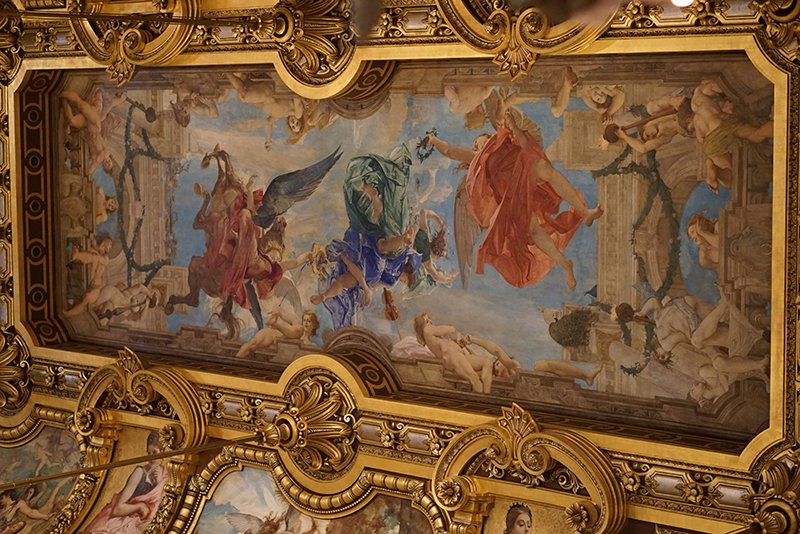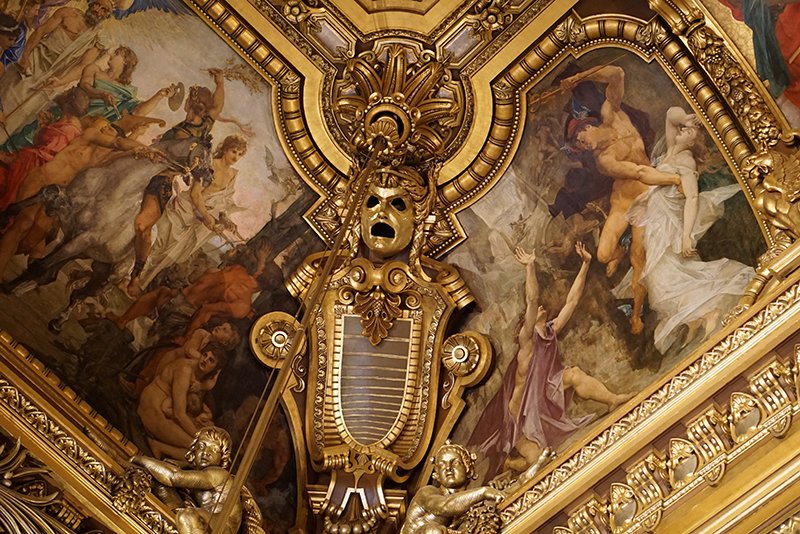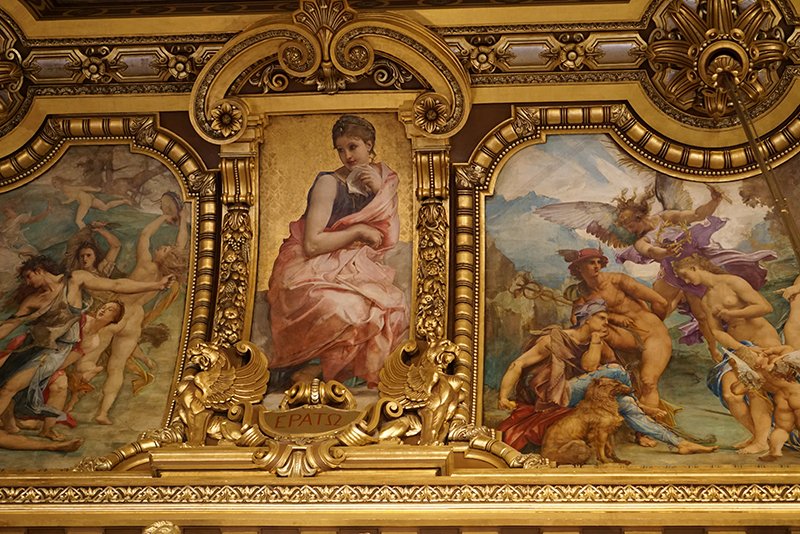Paris Opera House / Opéra National de Paris
The Palais Garnier is one of the world’s most renowned opera houses in the world. “This opulent opera house used to be the main home of the Paris Opera company, but it now mostly hosts ballet performances after the opening of Opera Bastille in 1989. The building’s facade features various statues, busts and symbols of famous composers, such as Beethoven, Mozart and Haydn. Right at the top of the building there is even a statue of the Greek god of music and poetry, Apollo. It is also well worth a look inside to see the impressive chandeliers of the Grand Foyer, as well as the ceiling painted by Paul Baudry, displaying key moments in the history of music.” [read more…]
Quasimodo and the Phantom
The Paris Opera is also the setting for The Phantom of the Opera. Notre Dame has Quasimodo and the Opera has the Phantom. It stands to reason that if you have a legendary character living hidden in your building, it’s a place worth visiting. You’d never know it was once home to seedy brothels and bars either. There’s always something new to learn.
Refined Elegance
This was my first time inside the Opera house and I was stunned by it’s beauty. It’s gilded, extravagant interior will make you feel as if you’re in a royal palace, rather than an opera house.
What can you do that an Emperor couldn’t?
In 1861, Napoleon III hired architect Charles Garnier for the job. Garnier in turn hired France’s finest craftsmen, sculptors and painters to bring to his design to life. Garnier even included a protected entrance on the side of the building to shield the Emperor from any assassination attempts. The Avenue de l’Opera was also constructed in front so that the Emperor and Empress could travel directly from their residence in the Tuileries Palace to the new theatre. Oh, to be an emperor! But fate soon decided to intervene. Napoleon III never got to enjoy the opera house. When he declared war on Prussia in 1870, construction was halted. He was eventually exiled to England where he died in 1873. It was finally completed in 1875.
So, you can visit the Paris Opera and do what even Napoleon III could not.
Auditorium
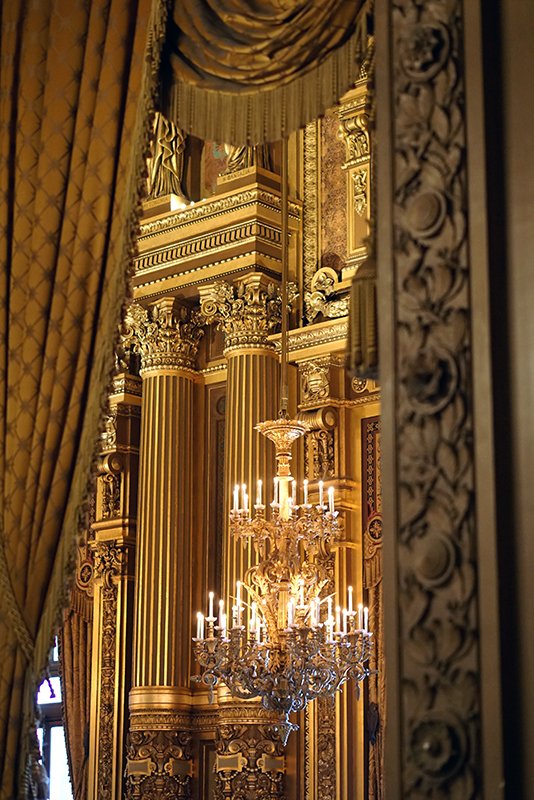
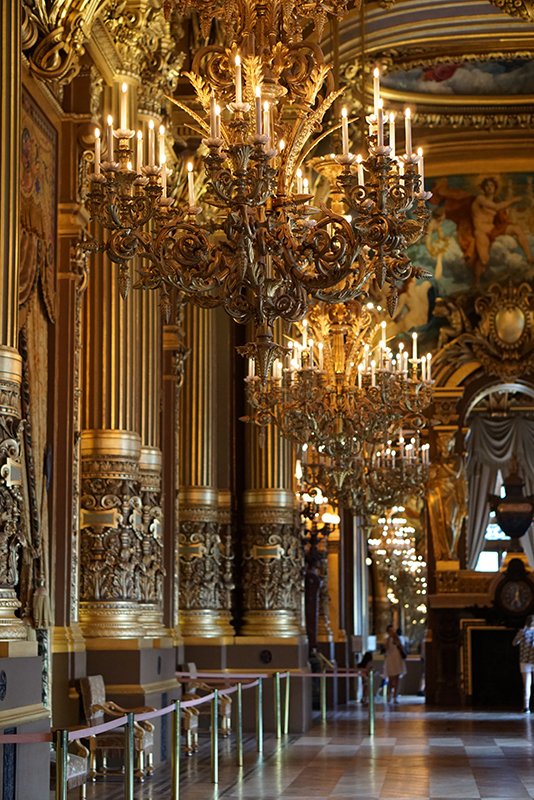

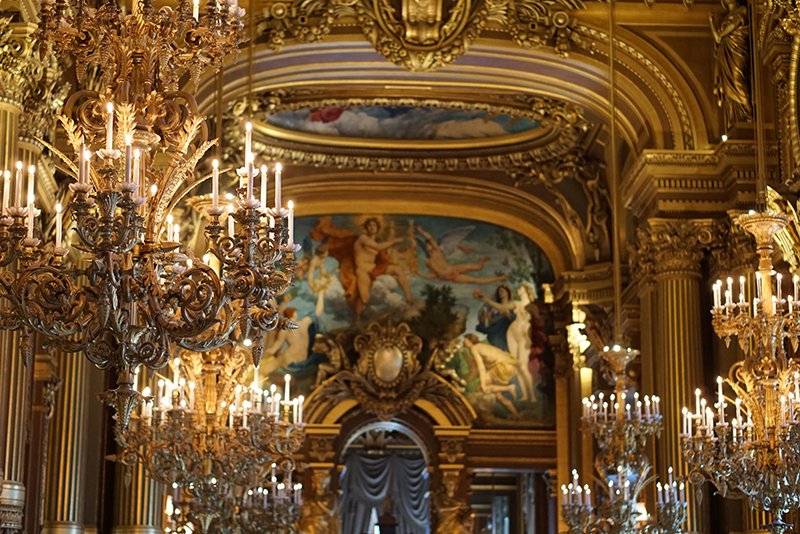
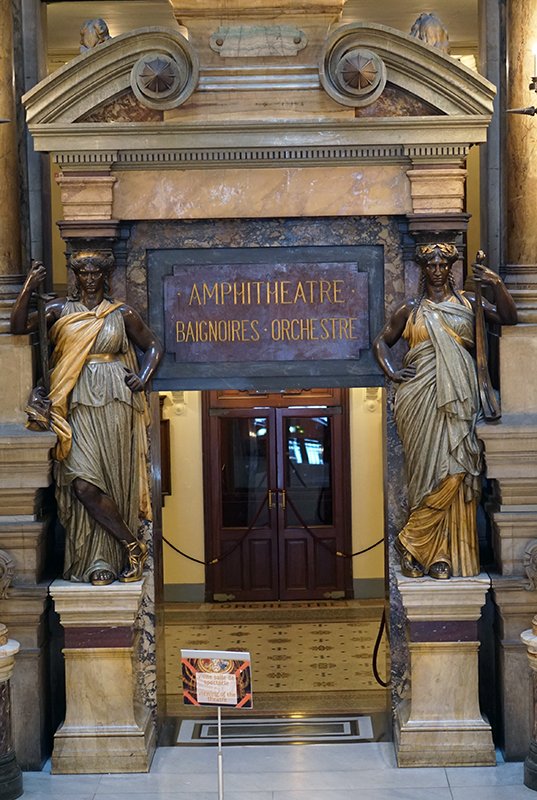
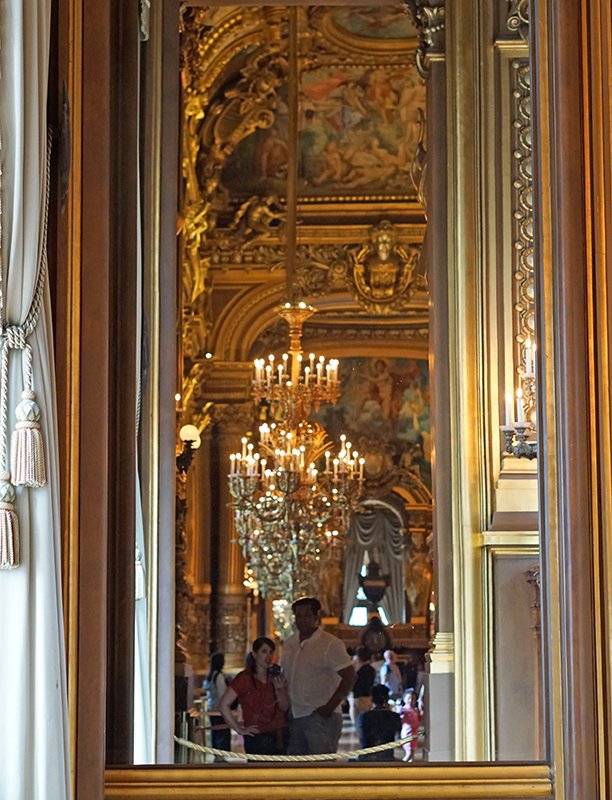



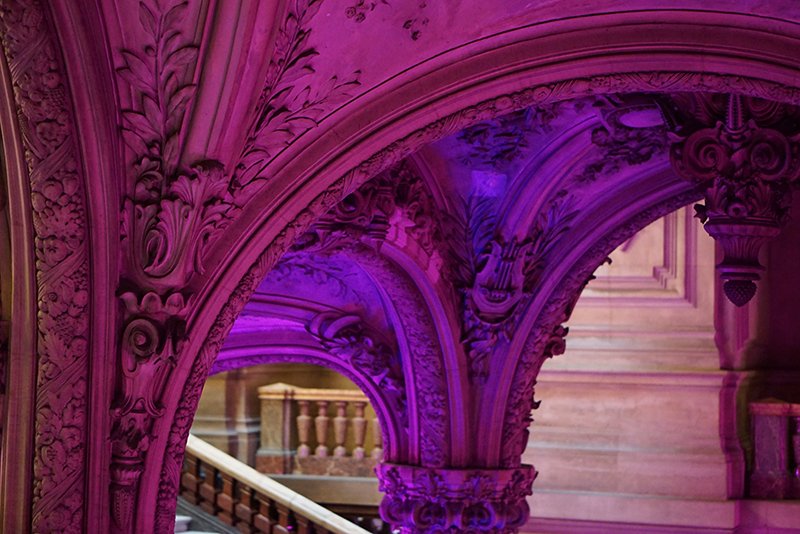
Paintings
